Pay by the hour or the second depending on the type of instnace you run. Great for flexbility. (Run proprotype application)
Purchase unused capacity at a discount of up to 90%. Prices fluctuate with supply and demand. Great for applications with flexible start and end times. (Run some algorithms for research purpose)
Reserved capacity for one or three years. Up to 72% dicount on the hourly charge. Great if you have known, fixed requirements. (Run long-run applications)
A physical EC2 server dedicated for your use. Great if you have server-bound licenses to reuse or compilance requirements. (Run bank/secruty applciations)
Suitable for boot disks and general applications. Up to 16,000 IOPS per volume. Up to 99.9% durability.
Suitable for OLTP and latency-sensitive applications. 50 IOPS/GiB. Up to 64,000 IOPS per volume. High performacne and most expensive. Up to 99.9& durability.
Suitable for OLTP and latency sensitive applications. 500 IOPS/GiB. Up to 64,000 IOPS per volume. 99.999% durability. Latest generation Provisioned IOPS volume.
io1 and io2 are the same price. But io2 is more performance than io1.
Suitable for Big Data, data warehouses, ETL. Max throughput is 500 MB/s per volume. Cannot be a boot volume. Up to 99.9% durability.
Max throughput of 250MB/s per volume. Less-frequently-accessed data. Cannot be a boot colume. Lowest cost. Up to 99.9% durability.
| IOPS | Throughput |
|
Measures the number of read and write operations per second important metric for quick transcations, low latency apps, transctional workloads. The ability to action reads and writes very quickly Choose Provisioned IOPS SSD (io1 or io2) |
Measures the number of bits read or written per second (MB/s) Important metric forr large datasets, large I/O sizes, comple queries. (big data) The ability to deal with large datasets Choose Throughput Optiized HDD (st1) |
If you can create an EBS volume from an excrypted snapshot, then you will get an encrypted volume.
If the snapshot is unencrypted then any volume you create from it is also going to be unencrypted.
3 options to choose from:
HTTP and HTTPS. Intelligent load balancing. Routes requests to a specific web server based on the type of request.
Normally you also need to create a Secruty Group (For HTTP:80), becasue default SG doesn‘t support HTTP inbound / outbound.
TCP and high performance
HTTP/HTTPS and TCP.
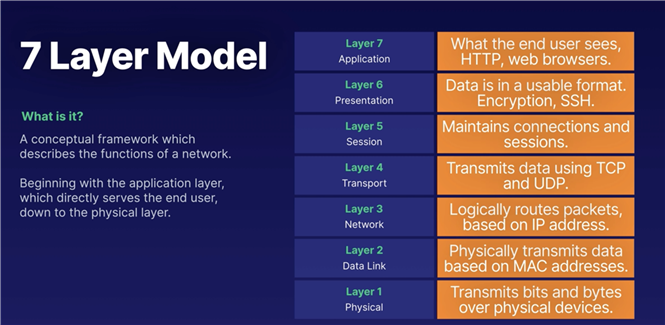
Identify the originating IP address a client connecting throught a load balancer. Reason is because through a ELB, the IP address to server is the same as Load balancer. But we really want to know the real IP address of user instead of Load balancer. Therefore we can use `X_Forwarded-For`.
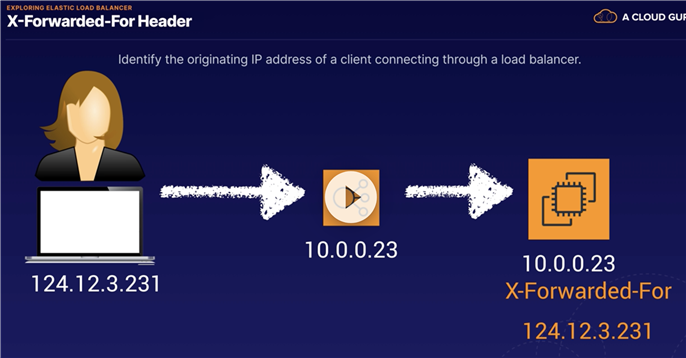
Gateway timeout. The application is not responding within the timeout period. Troubleshoot the web application or database server.
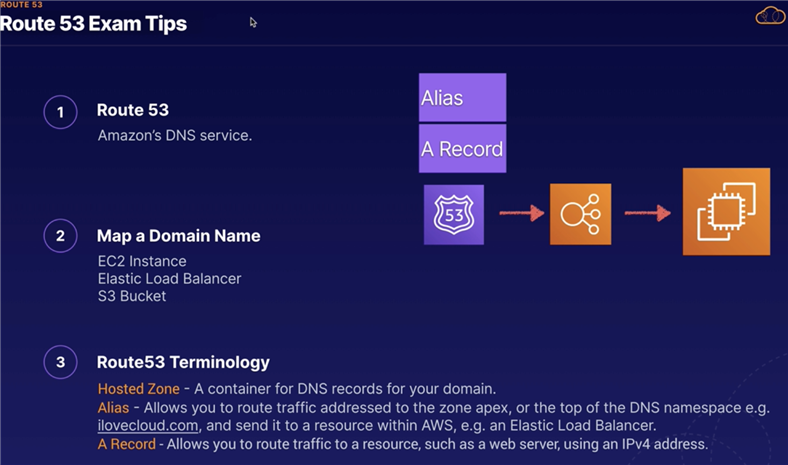
Processes data from transactions in real-time, customer orders, banking transcations, payments, and booking systems.
OLTP is all about data processing, and completing large numbers of small transcations in realtime.
Processes complex queries to analyze historical data, eg analyzing net profit figures from the past 3 years, and sales forecasting.
OLAP is all about data analysis using large amounts of data, and complex queries that take a long time to complete.
Exmples:
It is an exact copy of yourproduction database in another Availability Zone.
Normally the ‘Standby‘ is NOT public accessiable.
But If Primary RDS failed, then AWS will automaticlly redirect to Standby instances
Mutli-ZA is for disaster recovery, not for improving performacne, so you cannot connect to the Standby when the Primayr DB is active.
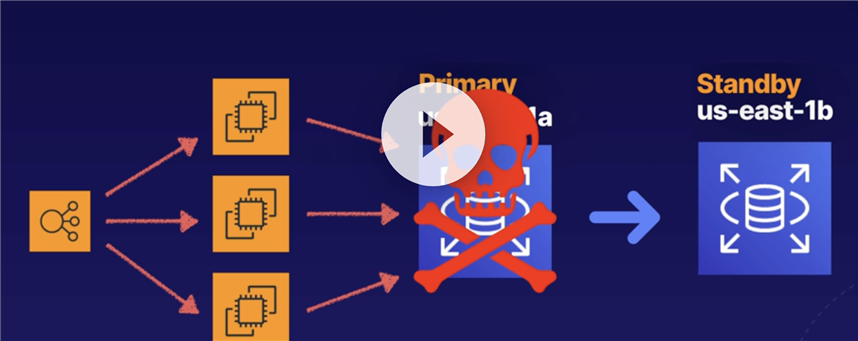
So What is used for improve performance?
A Read Replica is a READ-ONLY copy of your primary database.
Greate for read-heavy workloads and takes the load off from your primary database.
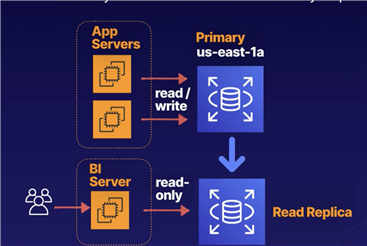
A Read Replica can locate in the same AZ or a different AZ or even cross region.
- Scaling Read Performance: Primarily used for scaling, not for DR
- Requires Automatic Backup: Automatic backups mut be enabled in order to deploy a read replica.
- Multple Read Replicas are supported (MYSQL, ORACLE.... ), up to 5 replicas.
The restored version of the database will always be a new RDS instance with a new DNS endpoint.
Overview
Manual, ad-hoc, and user-initiated. It provides a snapshot of the storage volume attached to the DB instance.
Overview
Point-In-Time Recovery
Recover your database to any point in time within a "retention period" of 1-35 days.
Full Daily Backup
RDS takes a full daily backup, or snapshot, and also stores transaction logs throught the day.
The Recovery Process
When you do a recovery, AWS will first choose the most recent daily backup and then apply transaction logs relevant to that day, up to recovery point.
You cannot encryption on an unenrypted RDS DB instance later on. Only encrypte RDS during creation time.
If you already have an Unenrypted DB, you wnat to encrypte it?

Take snapshot, then encrypted snapshot then do a DB restored.
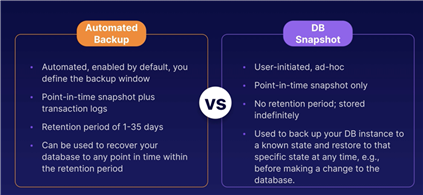
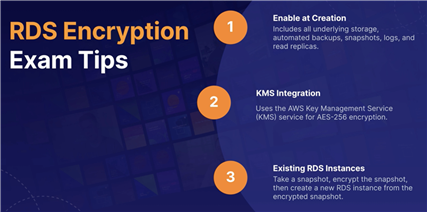
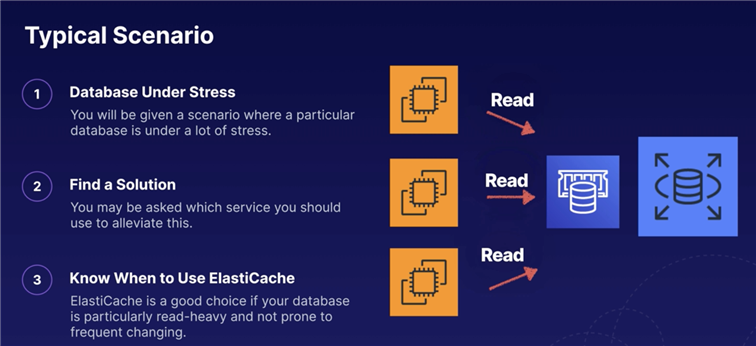
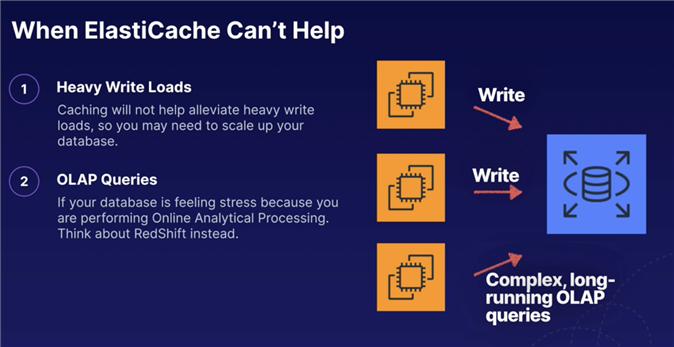
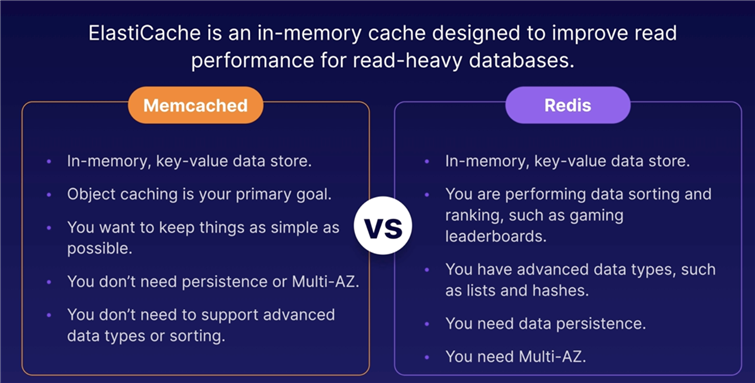
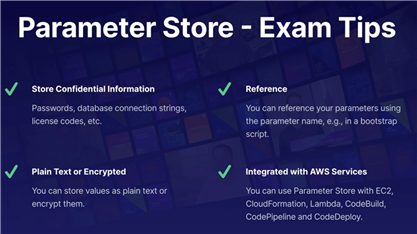

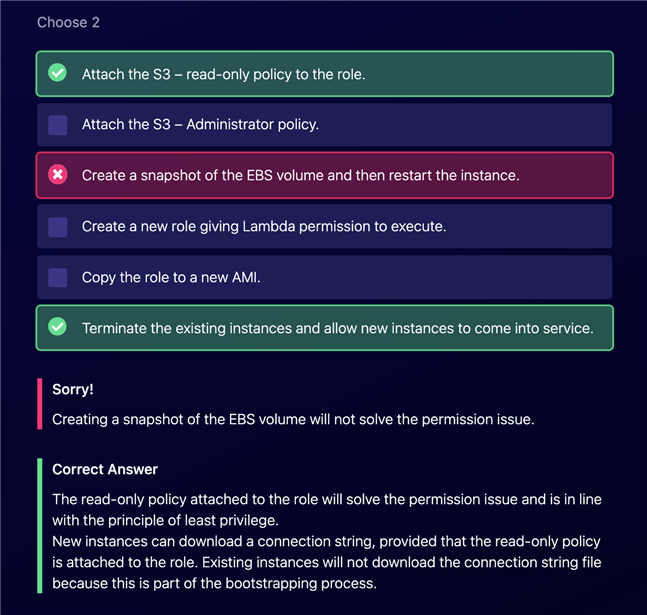
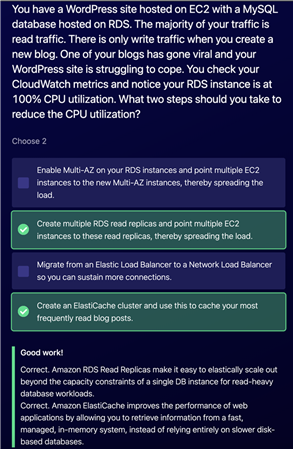
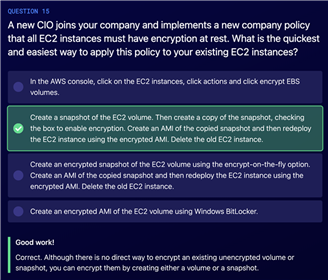
[AWS Developer Guru] EC2 Exam Tips
原文:https://www.cnblogs.com/Answer1215/p/14589247.html